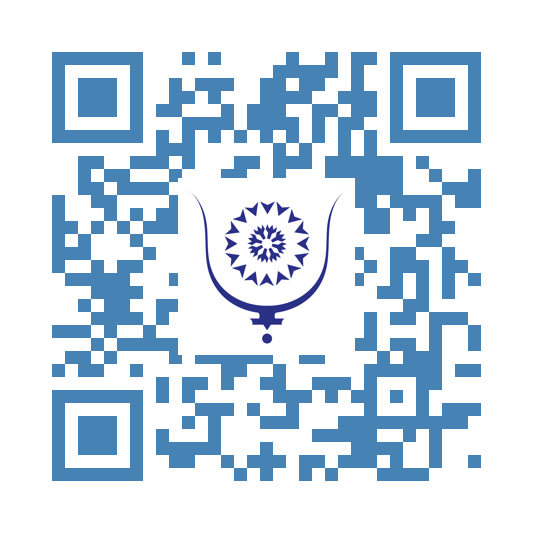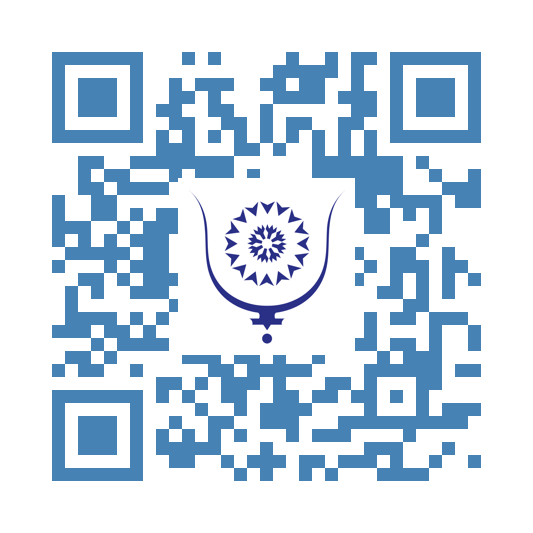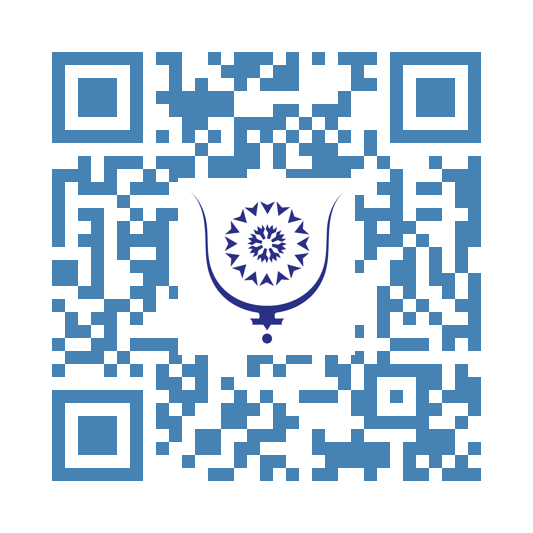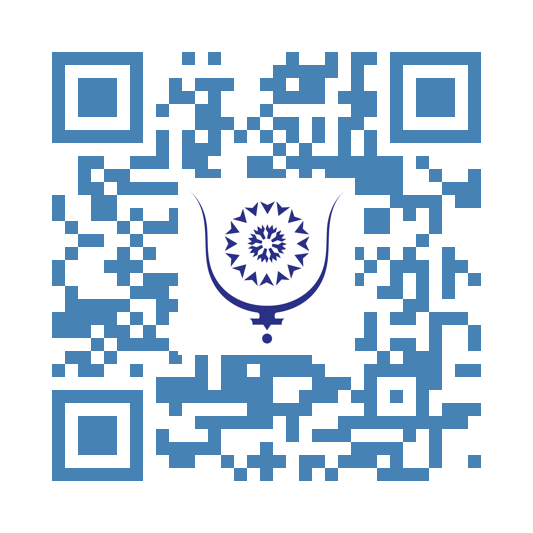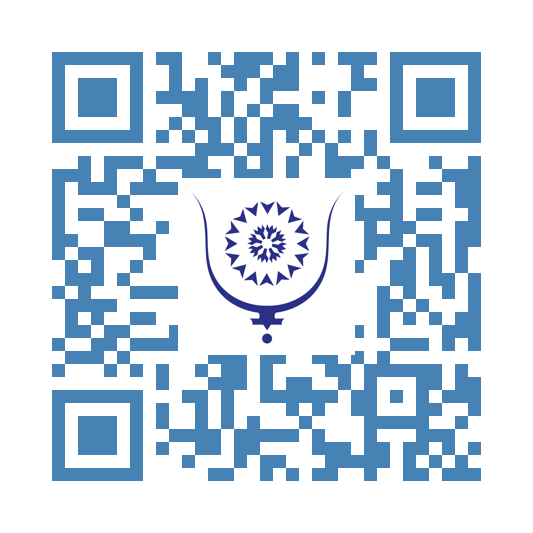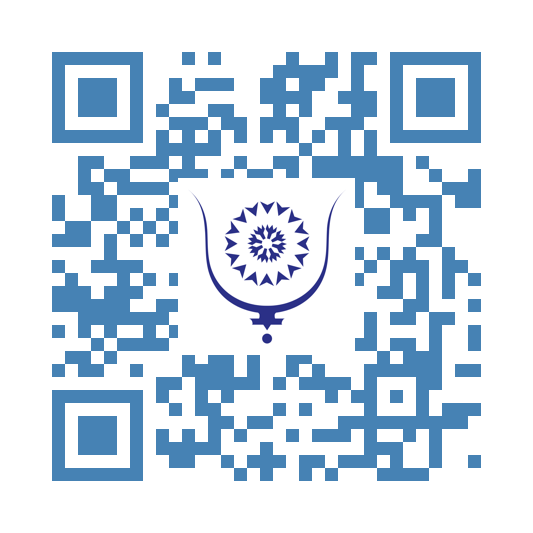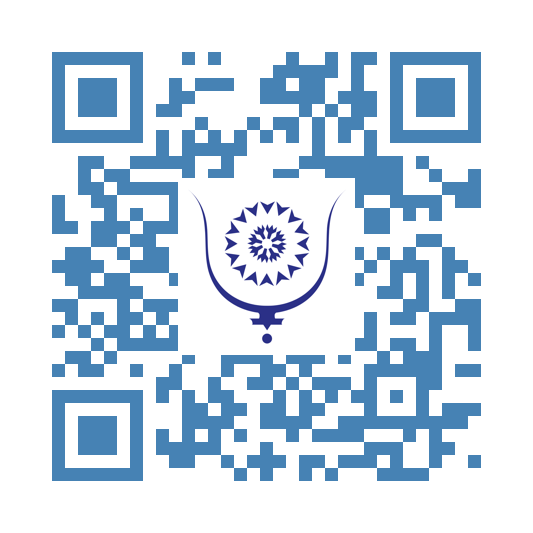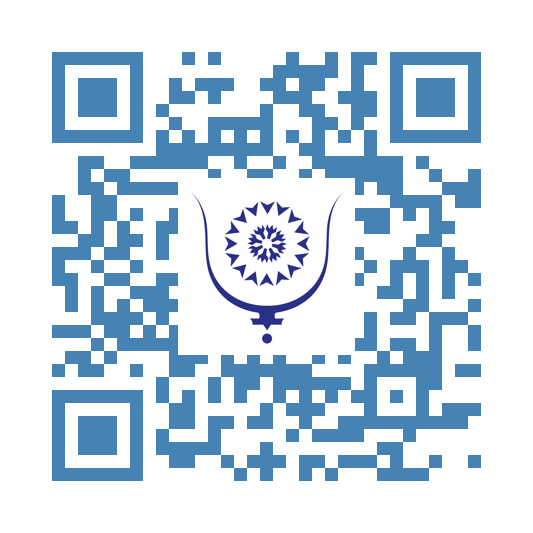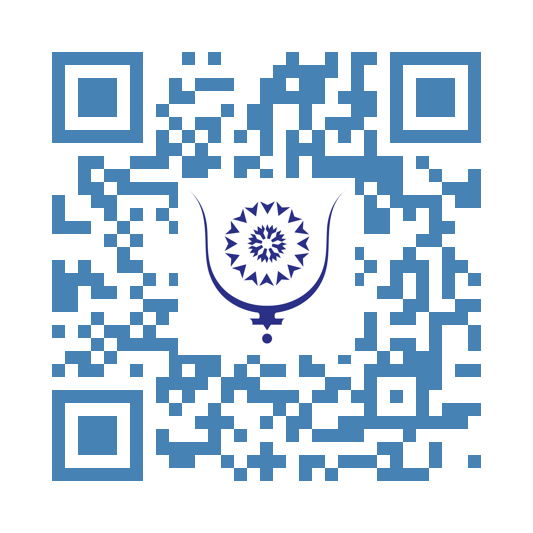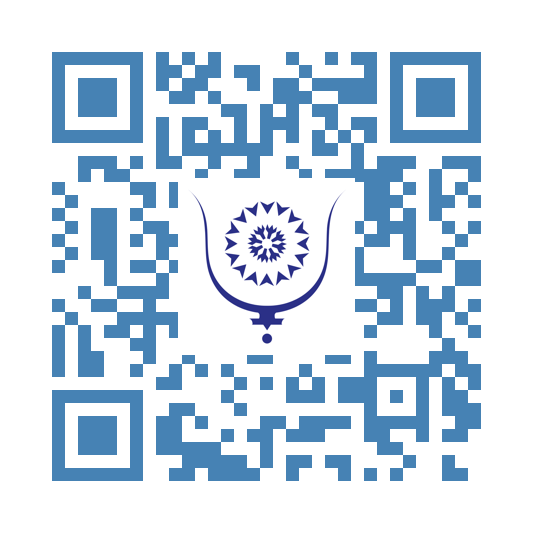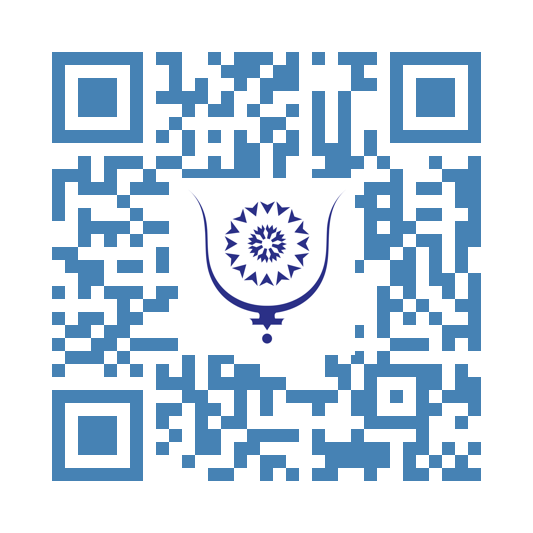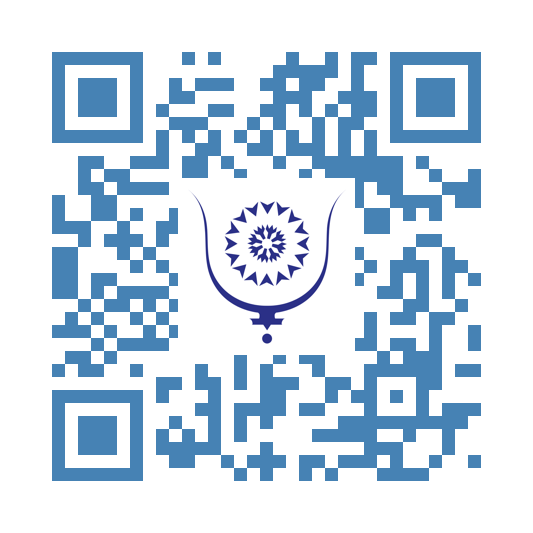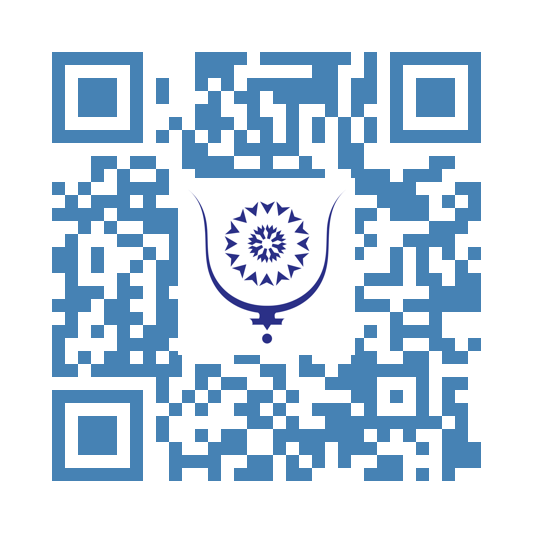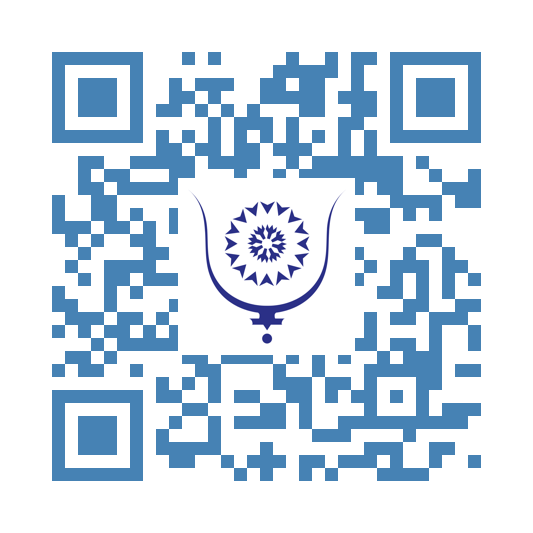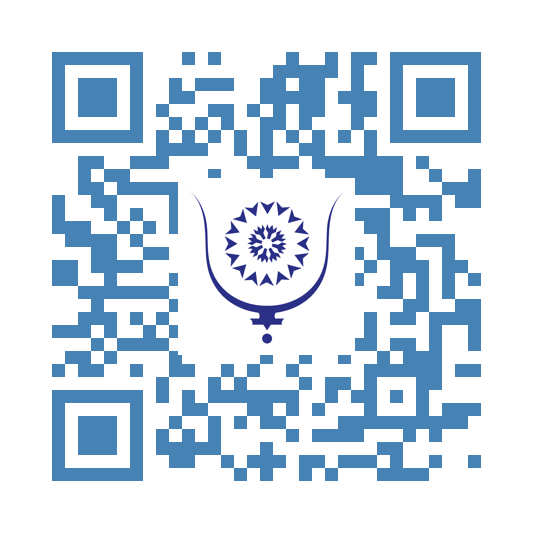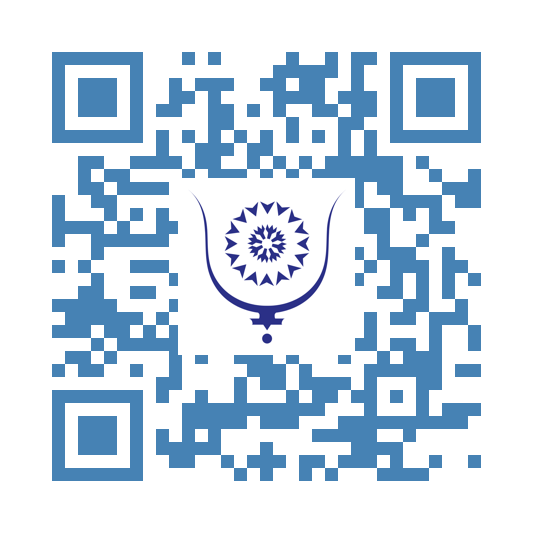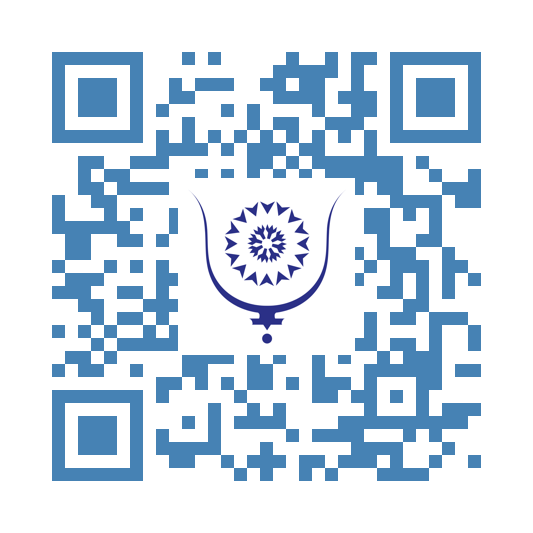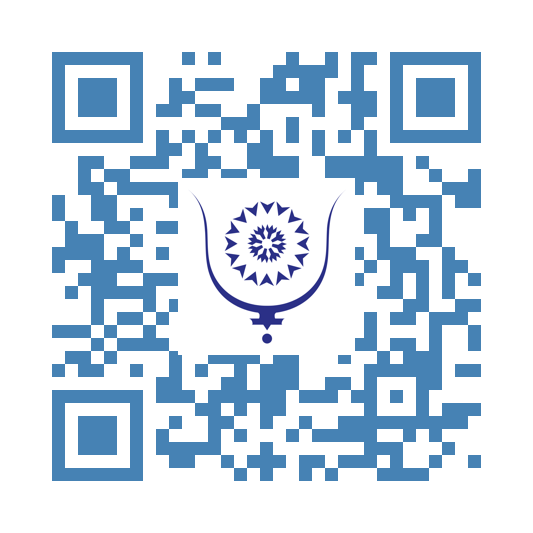Travel Diary #3: Road trip in Madagascar
8920
For safety reasons and due to the roads/tracks conditions, we rented a 4x4 with a driver for our stay in Madagascar. What a great idea it was! You’ll understand why in a bit.
Let’s start at the beginning. We stayed for two nights in central Antananarivo to discover the city and also rest a little. The city is located at an altitude of about 1,200 meters, and the streets are far from flat. After several weeks of safaris by car, our bodies were in dire need of some excercise. We explored the city on foot.
And then, we hit the road. We met the rental agency manager on the morning of our departure, who informed us that the transmission in the car we were supposed to get was broken. So, we would have a car and a driver for the day, and our guide would meet us the following day. Off we went to Antsirabe. At lunchtime, to our surprise, we made a stop in a town known for... foie gras. Delicious!
The next day, we met our driver, Georges. My son was having some digestive issues, thankfully, the main ingredient in all three daily Malagasy meals is rice. Georges suggested we spend the night at his aunt’s house in Miandrivazo, where we had Malagasy chicken soup for dinner. This chicken was raised outdoors, freely roaming the village streets. It was cooked in a broth with some ginger and rice. The next day, my son was completely healed. We continued driving to Morondava, a coastal town to the west, at the end of RN35. It was just a stopover before heading the next day towards Bekopaka. Unfortunately, after about an hour of driving, the car started emitting white smoke. So, we stopped and waited for a new car and driver, while Georges handled the necessary repair. The car’s turbo had broken.
With our new driver, we headed towards the Kirindy Forest. Since we lost some time, it was impossible to reach Bekopaka before nightfall. That evening, we went on a guided tour of the forest to observe several species of nocturnal lemurs. The next morning, after a short tour to observe the diurnal lemurs with the same guide from the previous day, we headed to Bekopaka. The two river crossings were done by ferry. These ferries are essentially wooden motorized bridges that fit five vehicles side by side.
The next day, we visited the Tsingy de Bemaraha, a UNESCO World Heritage site. These are sharp black limestone formations (due to oxidation) rising up to 700 meters high. The hike lasted about 4 hours and included parts of a via ferrata. The views were absolutely breathtaking. We then returned to Morondava, completing the 10-hour drive in one day.
The following day, we reunited with Georges to continue our journey towards Belo sur Mer. We took the opportunity to go for a sailing pirogue ride. Two people navigate the pirogue: one manages the tension of the sail and paddles that serve as a rudder, while the other is at the front, handling the sail. The person at the front sits on a wooden plank connecting the pirogue to a counterweight about 10 cm wide. He seemed comfortably settled for the 3-hour journey to a small island in the turquoise waters where we had a picnic.
To travel further down the west coast of Madagascar, we took a small detour inland through the town of Manja. On the dirt road, a small river crossing in the 4x4 had surprised our driver with its depth. The next day, we realized there was water in the reservoir. As we turned back, the steering axis broke. We ended up at the small restaurant we had just passed earlier. The method for getting there without a steering axis was rather amusing. While the driver was at the wheel, I walked alongside the car, manually turning the wheels of the 4x4 to steer it in the right direction. Once at the restaurant we met a driver who took us directly to the town of Ifaty. We canceled the further coastal towns to the north that required a functional 4x4. The road was asphalted, but there was no bridge yet to cross the river. The local pirogue operators took the initiative to organize a crossing service. Six pirogues, joined together by planks of branches nailed together, welcomed one car at a time. The pirogue operators, standing in the river as water level is low during the dry season, pushed the boats to the other side.
A few days in Ifaty while waiting for a new car allowed us to rest a bit and go for a snorkeling trip. The corals and fish were beautiful. After this break, we got a new car and driver to take us to Isalo National Park. This park is made up of mountains in the middle of the desert, with a verdant canyon running between them. We did an 8-kilometer hike, in about 6 hours, allowing time for a swim in two waterfalls. We saw numerous species of insects and animals, including the famous ring-tailed lemurs. One particularly surprising insect we encountered was the stick insect, which is barely distinguishable from the branch of a bush. Without our guide, we would never have spotted it.
The next day was a long drive to reach Ranomafana National Park, another UNESCO World Heritage site. We did another 8-kilometer hike the following day, which took us about 3.5 hours through its tropical rainforest. We only hiked in the secondary forest, as the primary forest is only accessible to the most adventurous who venture deep into the park for several days. These 3.5 hours were filled with new encounters. We observed five different species of lemurs, including the golden bamboo lemur, first identified in 1986 by primatologist Patricia Wright. At the end of the hike, we happened to meet her, accompanied by one of her students—what a coincidence! We chatted for a few minutes, and she mentioned the screening of her new documentary in the town of Ranomafana that evening. Unfortunately, we couldn’t attend as we had to head to Ambositra, about 3 hours north.
After a night in Ambositra, we headed to Antsirabe. This time, we visited the surrounding area. We went to Lake Tritriva, a sacred lake for the Malagasy people. We could walk around the lake and swim in it. This lake is in the crater of a volcano and is about 140 meters deep. A legend says that Rabeniomby and Ravolahanta (the Malagasy Romeo and Juliet) committed suicide there.
The next day, we returned to Antananarivo. During the long hours of driving throughout this road trip, withou our drivers and other people, we had the chance to discuss many aspects of Malagasy life including some politics. We learned a lot about the culture and also about the political life, which is far less glamorous than what is often depicted in the media. Despite hard lives and corruption, the people we met always had smiles on their faces and were never discouraged. Beyond the diverse landscapes, unique wildlife, and breathtaking flora, we had a wonderful human adventure.
A long journey awaits us now for the next destination…
Share:
Travel Diary #3: Road trip in Madagascar
copy:
https://bluwr.com/p/54113207

